CS:GO's surprising moments from DreamHack Valencia
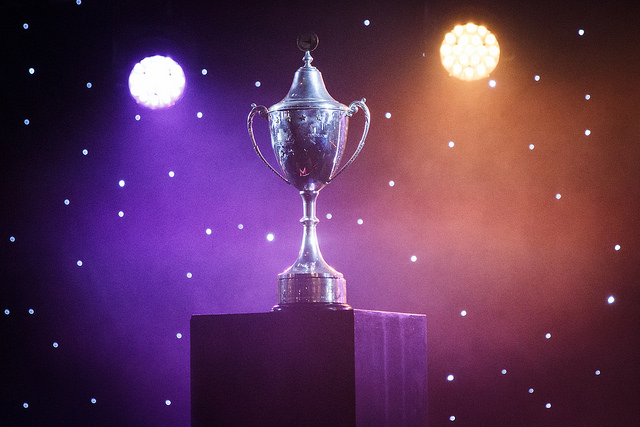
We write about FPSes each week in Triggernometry, a mixture of tips, esports, and a celebration of virtual marksmanship.
Last year's DreamHack Valencia was more of a second-tier tournament in CS:GO, featuring many outdated lineups such as k1ck and the old HellRaisers (and an all French grand-final that amusingly featured two players with current VAC bans, Sf and KQLY). But this year’s DreamHack received some pep in its step by integrating with FACEIT, buffing the prize-pool and bringing elite teams who would theoretically qualify from three regions: Europe, North America, and Oceania.
The event saw a flurry of stories determine its odd composition, with an Oceanic regional contender missing from the party due to both qualified teams (Renegades and Immunity) having to focus on the ESL One Cologne Asian qualifier running concurrently in Kuala Lumpur, Malaysia.
With the dust settled from the event, and with Danish TSM bearing home a trophy and check for $40,000, let’s reflect on the FACEIT 2015 Stage 2 finals at DreamHack Valencia.
Takeaway #1: Liquid have a long way to travel
Let’s first focus on the all-American Liquid team, whose latest offline results heading in the tournament saw them take a map apiece off of elite teams Fnatic and Na`Vi at Gfinity Spring Masters II, as well make their continental rivals Cloud9 sweat in the quarter-finals of ESWC 2015, despite ultimately losing.
Expectations among the Liquid camp were not particularly high going into Valencia, considering the team’s hapless group draw alongside Fnatic, TSM, and NiP. And despite no major blowouts, Liquid went down 9-16 in the opening match to Fnatic and then lost in their best-of-three to NiP the next day.
The fact of the matter is that the team requires fraggers nitr0 and EliGE to be heavily present, as well as fundamental support play from flowsicK and FugLy, and some form of this overall cohesion was missing in Valencia. The takeaway for Liquid from this series will be that the team needs to hit the drawing board, draw on its recent international tournament experiences, and practice set-ups and timings until they can compete at the highest level.
Keep up to date with the most important stories and the best deals, as picked by the PC Gamer team.
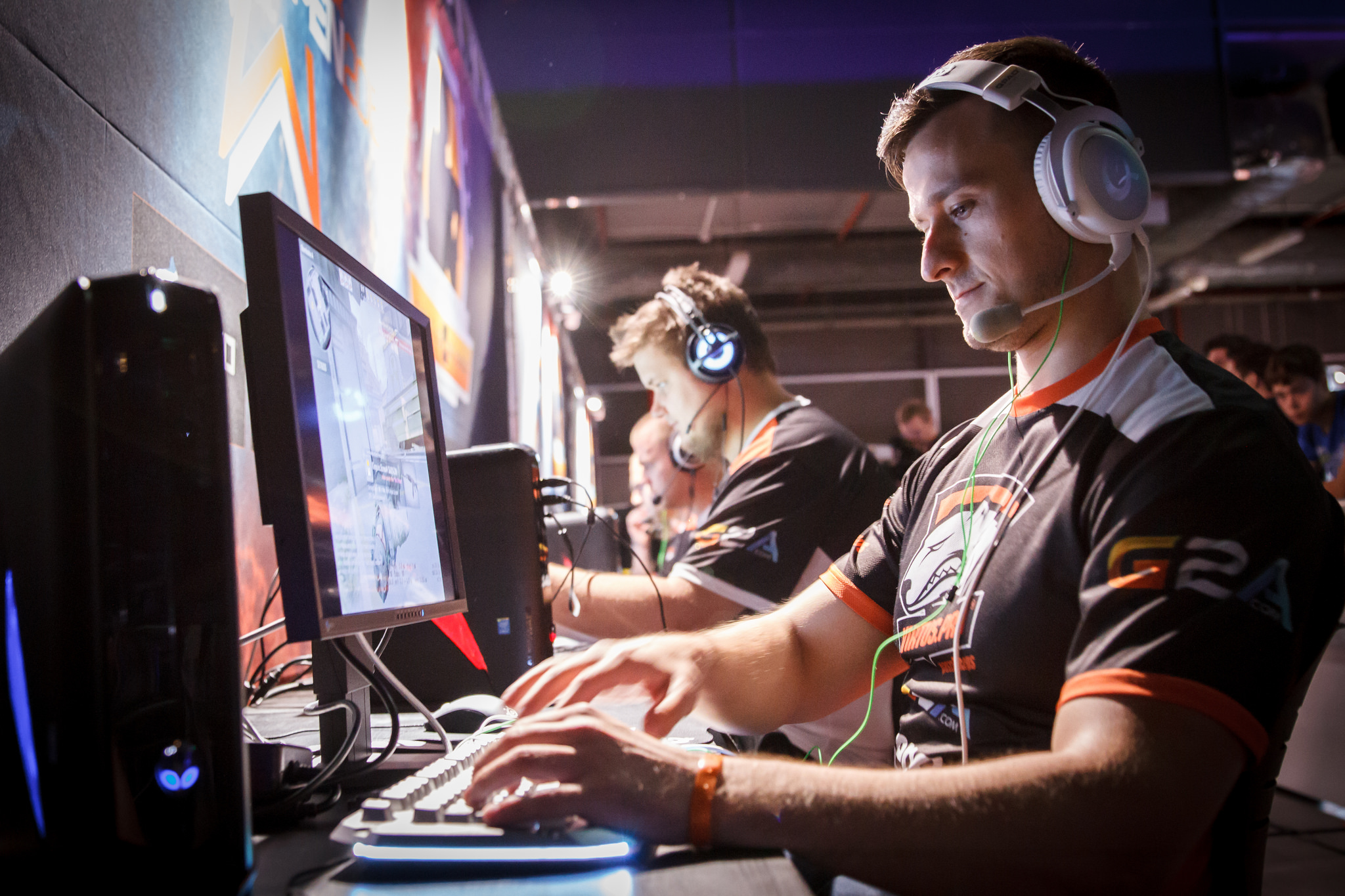
Takeaway #2: An ode to the old Virtus.pro
Despite some tournament wins in 2015, and a deep playoff run at this year’s so-far only major in their home country, Virtus.pro is a shell of its old former self. Although the team continues to perform well online—a fact that is highly ironic considering that the team’s core of NEO, TaZ, and pashaBiceps were notorious in CS 1.6 for poor online placings—which allows them to qualify and attend events, deep playoff runs seem less and less likely as time goes on.
This team is one of the most travelled in 2015, and with a median age for its players being higher than many teams’, are thus particularly susceptible to event fatigue. No wonder then that no successful combination of players has been able to show up in its recent matches, and even the game-sense genius that is Snax is subdued as of late.
The opening game against Na`Vi was in Virtus.pro’s favour until sloppy play on the Poles’ side cost them the opener. The next day’s best-of-three group decider against Kinguin at first appeared to be a breeze, but a resurgent Kinguin squad bounced back after map one and took de_dust2 away from VP to force a third map.
And from there, legends tell that a third map was never played. Or, a third map could not have possibly been played considering the savage dismantlement that went down on de_cache. Virtus.pro stood up from their computers with a 0-16 drubbing on the books.
The story here is similar to Liquid’s case, although in a different ultimate direction. Both teams will have to look to the future, however Virtus.pro’s road looks to be a downhill slope as of now.
Virtus.pro stood up from their computers with a 0-16 drubbing on the books.
Takeaway #3: Kinguin Kings
The replacement of one Swede for another, dennis for SKYTTEN, seems to have had immediate effect in the Scandinavian-Belgian-Portuguese superstar team that is Kinguin. Although the team’s upset victory over Virtus.pro has been mentioned, the team even managed to take de_inferno off of Na`Vi in the Group A decider match (despite ultimately losing 2-1).
The tale of Kinguin is one of infinite promise, as well as delivery on all the past months’ previous hype. The revelation that dalito is both IGL and coach behind the team (whereas other CS:GO team’s coaches are sometimes seen sulkily prowling behind the team with not much real input) is no doubt one piece in the puzzle of the team’s impressive showing at the FACEIT Stage 2 finals. However, one cannot simply discount the insane fragging ability of ScreaM, Maikelele, rain, and fox, and as the team’s cohesion (and English language proficiency) improves—barring any hiccups—Kinguin will be a legitimate contender in any tournament format.

Takeaway #4: NiP – An enigma
There is no question of the Ninjas in Pyjamas experiencing a fall from grace in 2015. With one title under their belt (ASUS ROG Winter) this year, as well as yet another finals placing at a major, the team survived off what little fuel in its tank remained to ride out a few events up until midsummer.
Yet recent events (despite breaks for NiP) have not been so rosy, with the team’s crash-and-burn in the quarter-finals against a Hiko-powered FlipSid3 being particularly brutal. Thankfully, this past weekend saw a much stronger NiP fall in the Group A decider match against an admittedly worthy opponent of Fnatic, with NiP losing both maps 14-16.
There was much to be seen that was comforting: f0rest playing well, Finnish sniper allu having an impact, and GeT_RiGhT still displaying dedication and talent at a high level. However, the team still lack depth to their strategies and executes and one previously monstrous player has gone rather mute: friberg. In a season where many entry-fraggers struggle (more on that in Cloud9), friberg’s poor statistics can be chalked up to a changed metagame yet there is still truth in the fact that the star of ESL One Cologne 2014 has taken a dip in his performance.
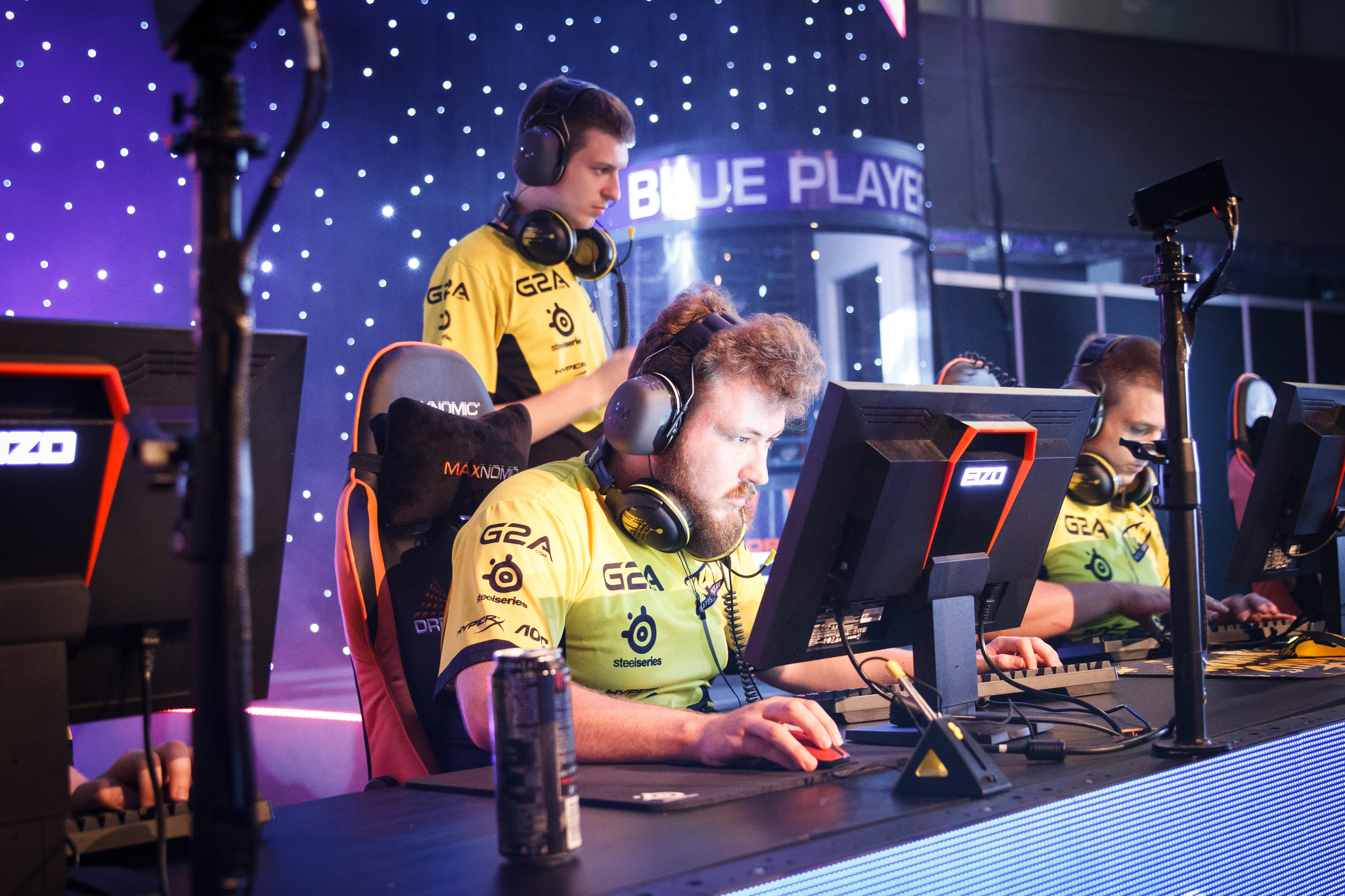
Takeaway #5: The rise of Na`Vi
Na`Vi can be arguably classified as part of the new trifecta of elite teams, with the other two being Fnatic and TSM. After fiddling around with variations of lineups for nearly two years, and always bringing tantalisingly close results bar a gold medal, the 2015 Na`Vi lineup with flamie and seized is a surefire winning one.
The rise of Na`Vi began with the team’s victory at ESL PL Winter, continued with their win at StarSeries XIII, and was cemented with the team’s closely fought victory over Cloud9 at ESWC. Despite a tendency to occasionally throw away comfortable leads—as well as a healthy grouping of fiery tempers on the team—Na`Vi continue to deliver high class strategy and play in CS:GO.
At DreamHack Valencia, the Na`Vi lineup looked a little shaky however this Russo-Ukrainian-Slovakian team were still able to make a deep playoff run and take a map off champions TSM in the semifinals. GuardiaN may be perhaps the most consistent player in terms of statistics that the game has yet to see (the only other contender who comes to mind is Fnatic star olofmeister) and he finds ample help from fragging duo Edward and seized when necessary.
The final cog in the Na`Vi machine was flamie and it was the Russian’s exceptional clutch plays and solid holds that turned Na`Vi from a tier-two team into a tier-one team. However, at the FACEIT finals, flamie was notably absent, even going 34-51 in the semi-finals against TSM. Na`Vi will need all the firepower it can get if it wants to rack up more gold.
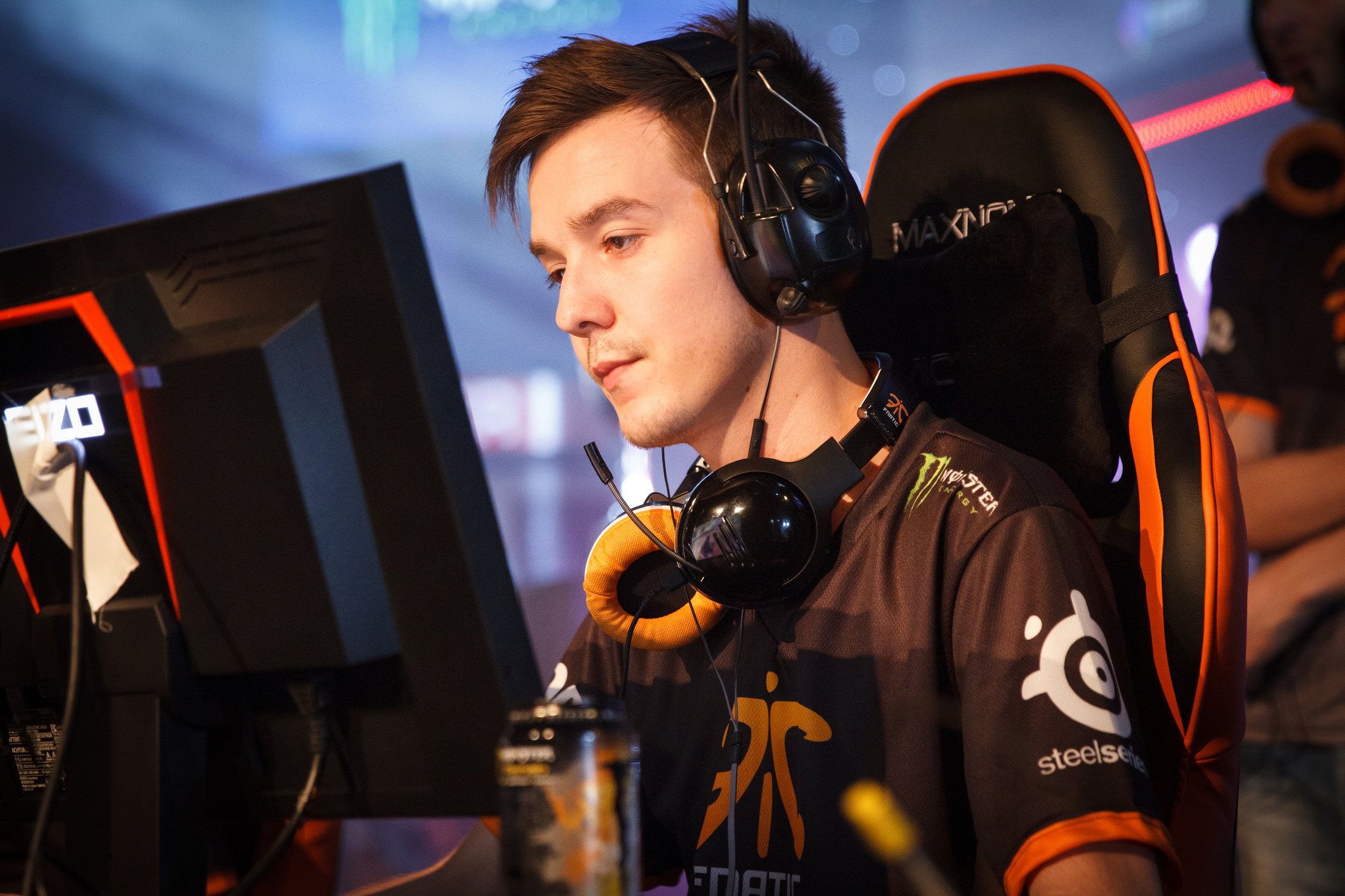
Takeaway #6: Full-on Fnatic
Has the world’s current top team taken a dive? All five players on Fnatic are still capable of peaks of CS:GO greatness and if Fnatic’s decider match victory against NiP is any indication, the team still function on a focused and disciplined level.
However, it can be argued that Fnatic have found a kryptonite in two teams (although it remains to be seen if the reason is merely the effect of being at the top and having all teams gun for the top dog), which are TSM and Cloud9.
The former team makes sense, as the elite Danish squad is Fnatic’s near rival in terms of teamwork, raw skill, and map precise play. A best-of-one series is always up in the air in this case, and depends on which players are ready to go out of their minds with insane plays.
Cloud9 however, are a bit of a surprise, and a pleasant one at that. The charismatic American team (sporting one Canadian in the form of shroud) took Fnatic to the wire on multiple maps (as well as winning one) at the $500,000 finals of the ESL ESEA Pro League. This resiliency against Swedish skill returned in the semi-finals this weekend when Cloud9 trounced Fnatic 2-0, including in an overtime thriller on de_train, a map which is quickly becoming a point of contention for these two teams.
Fnatic seem to have no issue yet, although two players previously known for deep game-impact, JW and flusha, can be seen to go under at times. KRIMZ, once the most complete CS:GO player, is also more subdued as of late. Yet with olofmeister still turning most team’s defenders into Swiss cheese on his T sides, Fnatic are still up there among the very best, locked in a slightly disadvantageous struggle with TSM.

Takeaway #7: No time like now for North America
Cloud9 survived the turbulent NA Shuffle and resurrected with a significantly buffed roster. Three grand final finishes in three weekends is no small joke in a scene as diverse and vibrant as the CS:GO one, and if entry-fragger and recent retiree fREAKAZOiD can pick up on a few more frags, then this team will have no discernible weakness for the most part.
Communication issues have been smoothed out (at least as past weekends’ POV’s have demonstrated) and the team looked even more in sync in Valencia. Skadoodle is making a viable campaign for the best AWPer in the game (although GuardiaN and KennyS would still like a word) and shroud is finally playing a comfortable and consistent carry role.
The CEVO finals may just be Cloud9’s chance to do North America a favour and finally bring home the 1st place finish, assuming the team can surmount regional rivals, Na`Vi, and Virtus.pro (with the final team being a particular thorn for Cloud9).
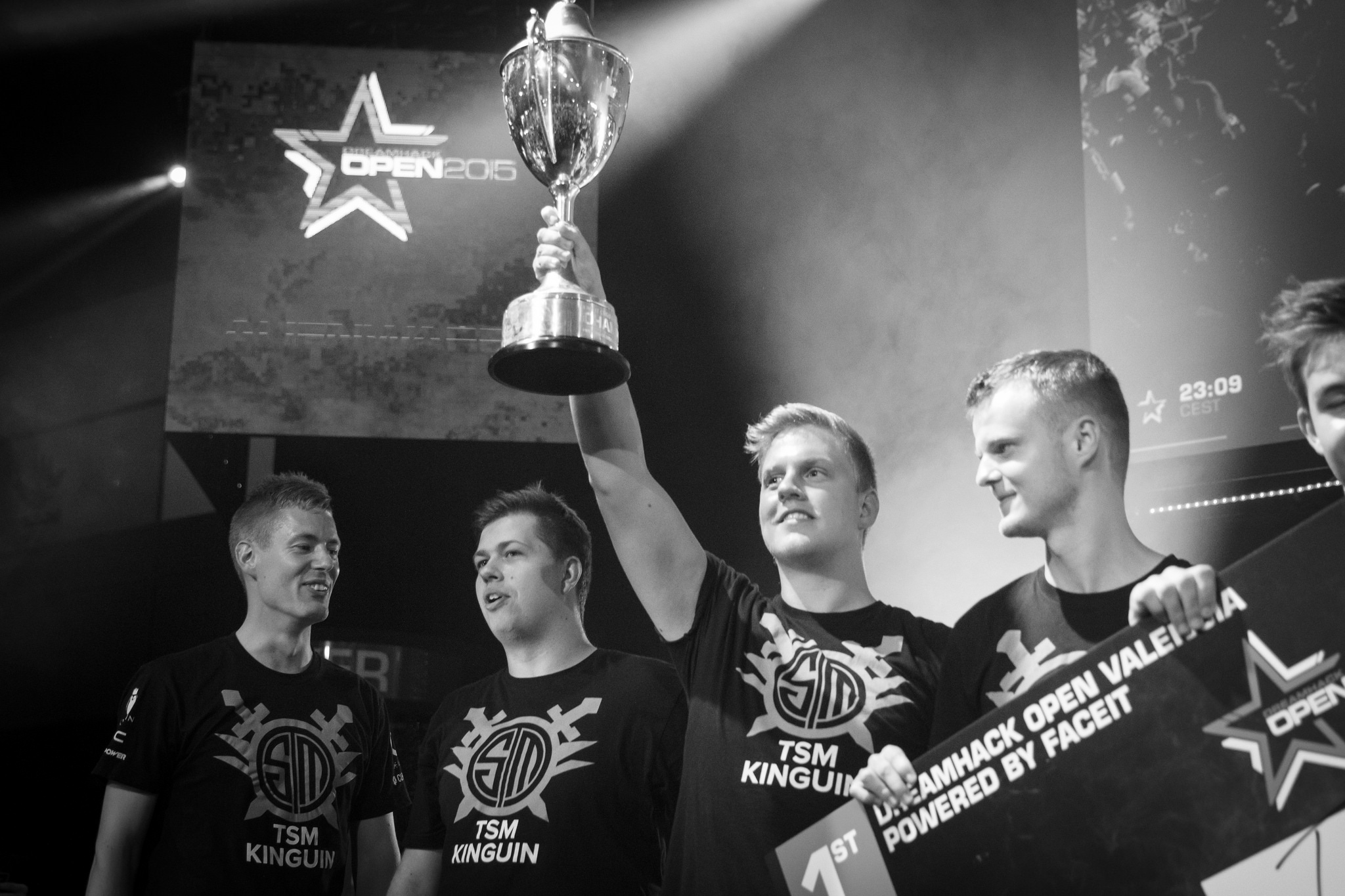
Takeaway #8: The era of TSM
TSM successfully defended their FACEIT 2015 League trophy and took another first place finish into the vault. The team have been stable with no real roster changes in 2015 and karrigan’s role as an IGL is now indisputably better than that of old leader, FeTiSh.
Despite a streaky event attendance record (which should be solved now that the team have survived Danish exams season) and the unfortunate best-of-one blunders that led TSM to finish dead last at ESL ESEA Season 1 finals, TSM are still definitely the second-best, if not the best team in the world.
Proof is in the pudding, and the TSM pudding is preferably served with a dose of Danish hygge, which one experiences when watching the team play pitch-perfect Counter-Strike. It’s frightening how coordinated the team can be at times, and with previous choke issues appearing less and less frequently, this is the team to watch for the second half of 2015.
The FACEIT League 2015 Stage 2 finals at DreamHack Valencia saw eight teams enter and one emerge victorious. Truly, no team finished in what might be called a static and stable result for said team, and each team is currently expectant of a better future or dejectedly watching its performances suffer. Such is the state of current CS:GO in a way, and the flux and volatility in itself are things well-worth watching for those who don’t even play the game.

